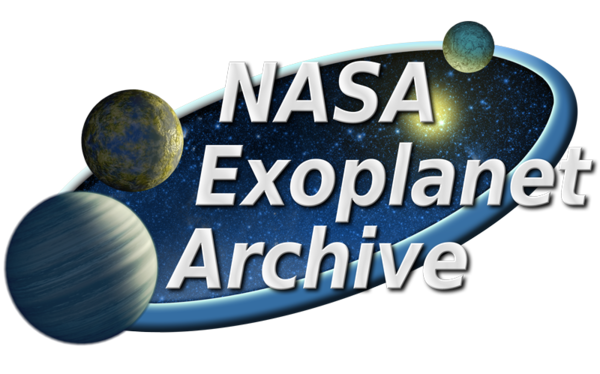
Archives & Data Science
IPAC leverages its expertise in data science and curation to operate three of NASA's six Astrophysics Data Centers: IRSA, the NASA Exoplanet Archive, and NED. IPAC also serves the community by supporting the Keck Observatory Archive, and the ZTF time domain survey. IPAC data science activities seek to develop tools and techniques to facilitate archive exploration and scientific discovery in the era of big data.

IRSA
Infrared Science Archive
IRSA is chartered to curate the science products of NASA's infrared and submillimeter missions. In total, IRSA provides access to more than 700 billion astronomical measurements, including all-sky coverage in 20 bands.
More Information
KOA
Keck Observatory Archive
The Keck Observatory Archive is a NASA-funded collaboration between NExScI/IPAC and the W. M. Keck Observatory. KOA’s goal is to provide a long-term archive for all observations acquired at the two 10-m telescopes of the W. M. Keck Observatory on Mauna Kea, Hawaii.
More Information
NASA Exoplanet Archive
The NASA Exoplanet Archive provides data and tools to support community discovery and characterization of exoplanets and their host stars.
More Information
NED
NASA/IPAC Extragalactic Database
The NASA/IPAC Extragalactic Database (NED) is an information system provided to the astronomical community that facilitates and accelerates multi-wavelength research on objects beyond our Milky Way galaxy. It is designed, developed, maintained and operated at IPAC, under contract with NASA. NED is the longest running project at IPAC, and recently passed its 30th anniversary.
More Information
ExoFOP
Exoplanet Follow-up Observing Program
The Exoplanet Follow-up Observing Program (ExoFOP) website includes project and community follow-up observation data for Kepler, K2 and TESS. The site is designed to optimize resources and facilitate collaboration in follow-up studies of exoplanet candidates. Users can upload and share information about observations they have taken, data files associated with the observations, and derived physical properties of the host stars and planet candidates. Data are searchable and available for download.
More Information
NEID
NN-explore Exoplanet Investigations with Doppler spectroscopy
NEID is an astronomical spectrograph designed to detect and measure masses of extrasolar planets using the Doppler technique.
More Information
Fornax
The Fornax Initiative
The Fornax Initiative brings big data, complex software, and computational power together in cloud-based systems that will enable researchers to take full advantage of the data from the next generation of NASA Astrophysics missions. The Fornax Scientific Components are the astrophysics-specific elements required to enable science in the cloud, including Python notebooks that demonstrate access to cloud-hosted NASA mission data, curated astrophysics software environments, and cloud-native services to support common astronomy workflows. The Fornax Science Console is a web-based application that users log into for access to cloud computing, data storage, and interactive data analysis in JupyterLab. The Science Support Systems are a program of engagement with the astronomical community, including a Helpdesk and training opportunities.
More Information

